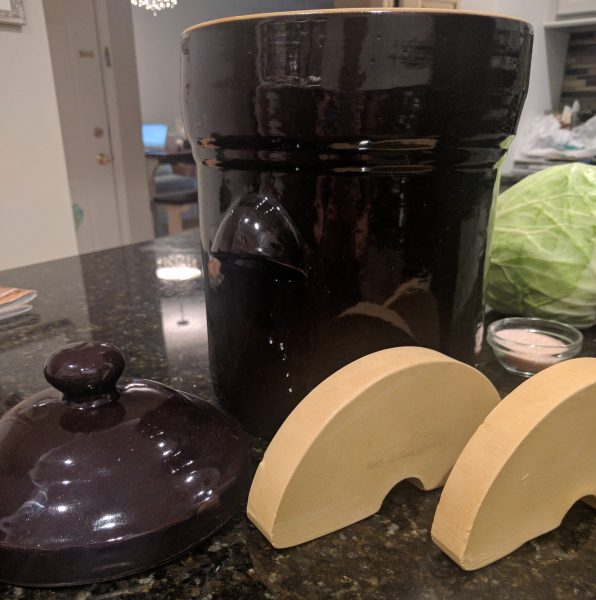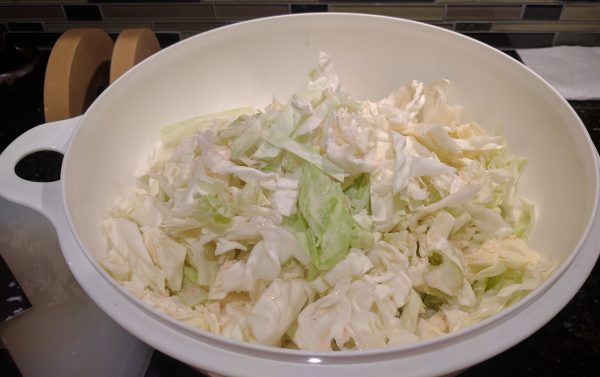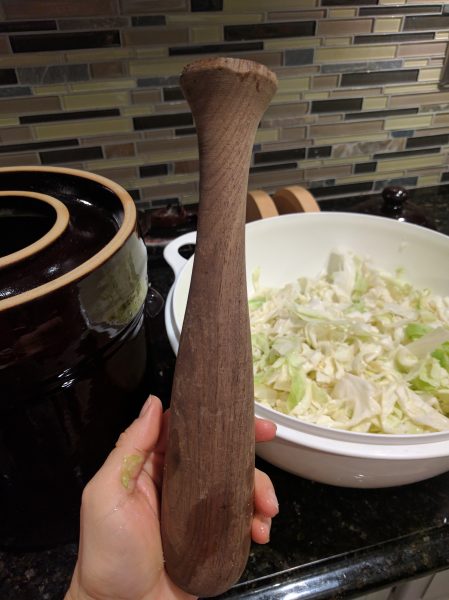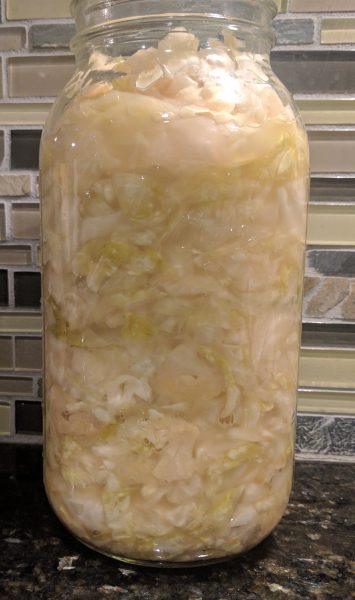In the on-going quest for better health, a fitter body, and better performance knowing what to eat and when to eat it is great. Really great actually. But even when you know what to do and put it into practice, how do you know if your body, your digestive system, is operating as it should and getting the most out of that food?
You see, it’s not just about what we eat and when we eat it, but also how the body processes it. Are you able to break your foods down enough and absorb the nutrients contained within?
Taking care of your gut bacteria is important for everyone, even if you have a ‘stomach of steel’ and don’t ever suffer GI distress. The adaptations that most expect to get from a training regime are greatly impacted by overall health which is influenced by the health of your gut microbiota.
There are more than 500 different bacterial species in your intestines. While these bacteria are housed in the intestine, their impact is much farther reaching. They can impact neurotransmitter function in your brain which can impact your desire to eat and crave various foods. They provide protective, structural, and metabolic benefits to humans like help with pathogen displacement, immune system development, reducing inflammation, metabolizing dietary carcinogens, synthesizing vitamins, and more.
Foods containing sugar, sugar substitutes (top ingredients in most sports nutrition products), and alcohol have a negative impact on healthy gut cultures, as do prescription medications and NSAIDs. In addition, the physical act of running is damaging to the intestinal lining and is compounded by the downturn in blood flow to the digestive tract while exercising, which limits the amount of nutrients being delivered there.
So, what can we do? If you followed along with my shopping ideas for the holidays, you’ll have noticed that I’m a fan of home fermentation. It is one of the best ways to create tasty foods that help the beneficial gut bacteria thrive, which helps you thrive too. You can find fermented foods in health food stores, but any heating or pasteurization will destroy the bacteria you are looking for, so making it yourself is always the best bet.
Sauerkraut is my favorite way to ensure I’m working to help my gut on a daily basis. Follow along for an easy how to, hopefully you’ll be inspired and whip up a batch yourself this weekend.
You need:
- Fermentation container: I like using a specific crock with weights but you can also use a mason jar

- 1 head of cabbage: organic is best for getting more juices out
- Salt
- Utensil to mash down cabbage – I use a muddler but you can use your fist
Directions:
- Wash cabbage, remove stem, chop. The smaller you chop the more surface area you have to pull juicing from.

- Put chopped cabbage in a bowl and add about 2-3 teaspoons of salt. Start with less than taste as you go. Mix the salt with the cabbage to evenly distribute. I
usually use my hands, it’s much easier. - Transfer salted cabbage to your fermentation vessel using a device to mash down as you go. The idea here is to get the juices to start coming out, so I find it easiest to add small amounts, then mash, another handful, then mash and continue like that until you have transferred all of the cabbage.

- If you have a fermentation crock you will likely have weights with it, insert the weights to hold the cabbage down. You want the cabbage to be help under the juices to create the proper environment for good bacteria growth. If you are using a mason jar, you will need to devise a creative strategy to keep the cabbage under the juices.
- Put the lid on the crock, I have a lip to help keep air out, so I pour water in the lip, and let the ferment begin to work.
- I usually check on the fermentation in the first week to make sure there isn’t any mold growing (can happen if too much air gets into the vessel and you have cabbage above the juices). This is never a problem for me with the crock, which is why I like using it. I also check to make sure the cabbage is below the juice.

- I allow my cabbage to ferment for 4 weeks in the winter and 3 weeks in the summer. Temperature can impact the rate of fermentation, but it’s totally up to you for how long you want it to ferment. You can take it out at 2 weeks if you like. As you experiment you’ll figure out what taste you like best.
- When you are ready transfer your sauerkraut to a mason jar and keep in the fridge. I recommend eating some every day.

